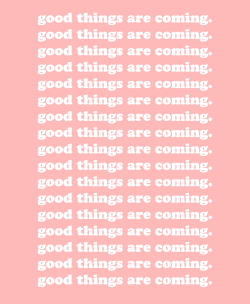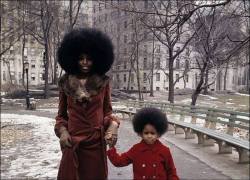kristoffbjorgman: In many Polynesian cultures the Hongi (or Honi) is a traditional greeting that involves pressing foreheads/noses and inhaling at the same time. This symbolises ha, or the breath of life, being exchanged between both parties. It is

kristoffbjorgman: In many Polynesian cultures the Hongi (or Honi) is a traditional greeting that involves pressing foreheads/noses and inhaling at the same time. This symbolises ha, or the breath of life, being exchanged between both parties. It is

kristoffbjorgman: In many Polynesian cultures the Hongi (or Honi) is a traditional greeting that involves pressing foreheads/noses and inhaling at the same time. This symbolises ha, or the breath of life, being exchanged between both parties. It is

kristoffbjorgman: In many Polynesian cultures the Hongi (or Honi) is a traditional greeting that involves pressing foreheads/noses and inhaling at the same time. This symbolises ha, or the breath of life, being exchanged between both parties. It is

kristoffbjorgman: In many Polynesian cultures the Hongi (or Honi) is a traditional greeting that involves pressing foreheads/noses and inhaling at the same time. This symbolises ha, or the breath of life, being exchanged between both parties. It is

kristoffbjorgman: In many Polynesian cultures the Hongi (or Honi) is a traditional greeting that involves pressing foreheads/noses and inhaling at the same time. This symbolises ha, or the breath of life, being exchanged between both parties. It is










